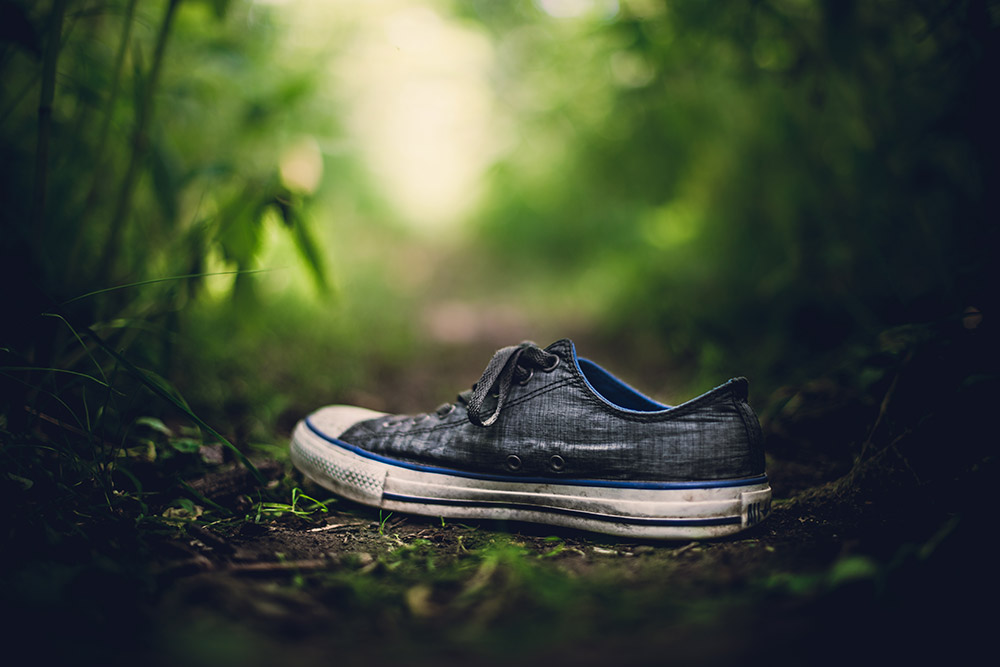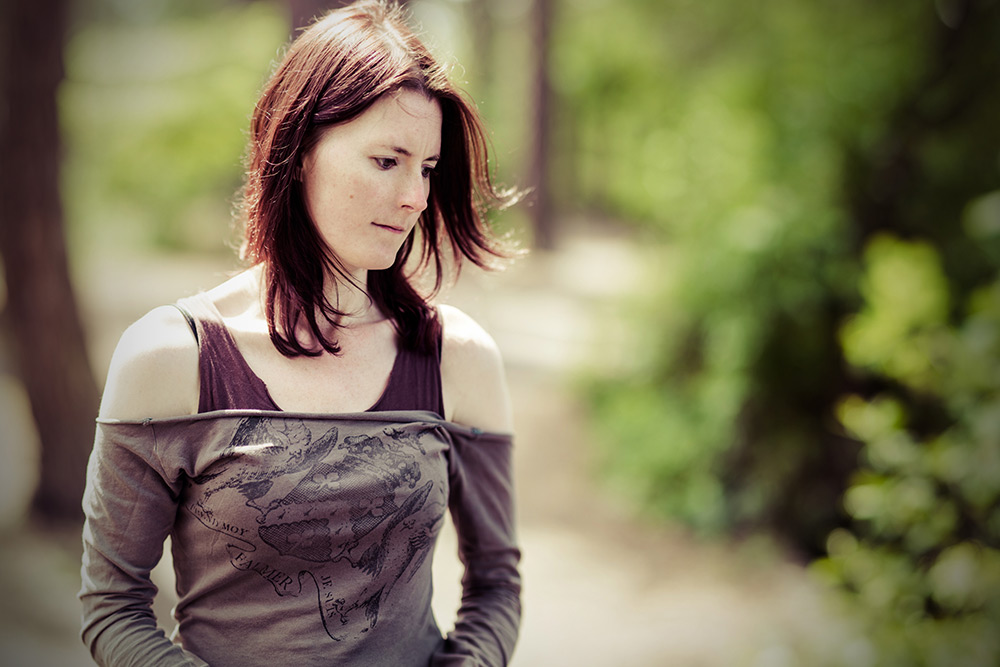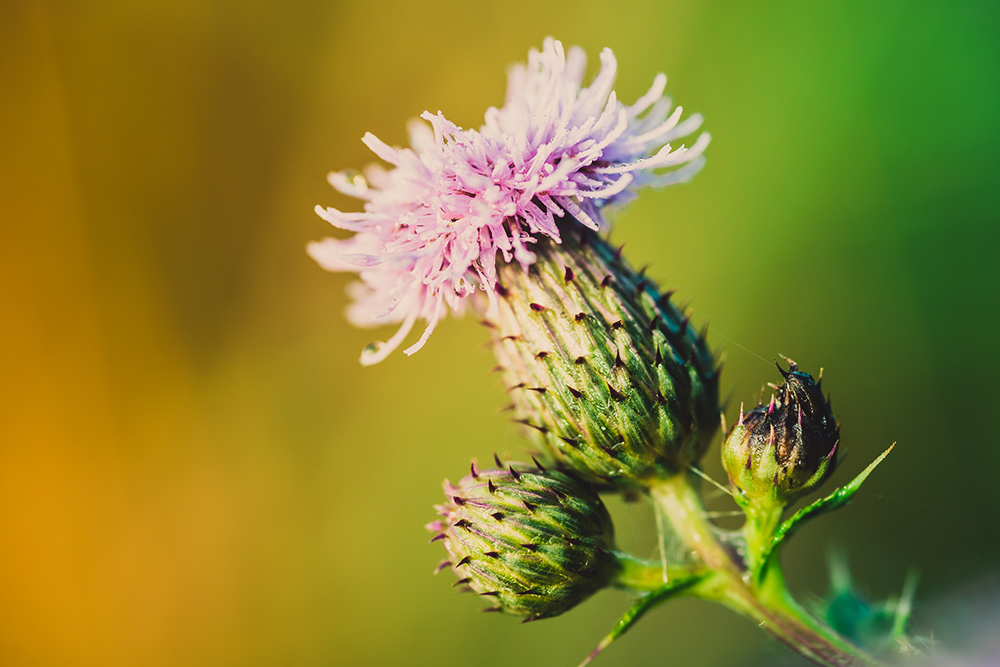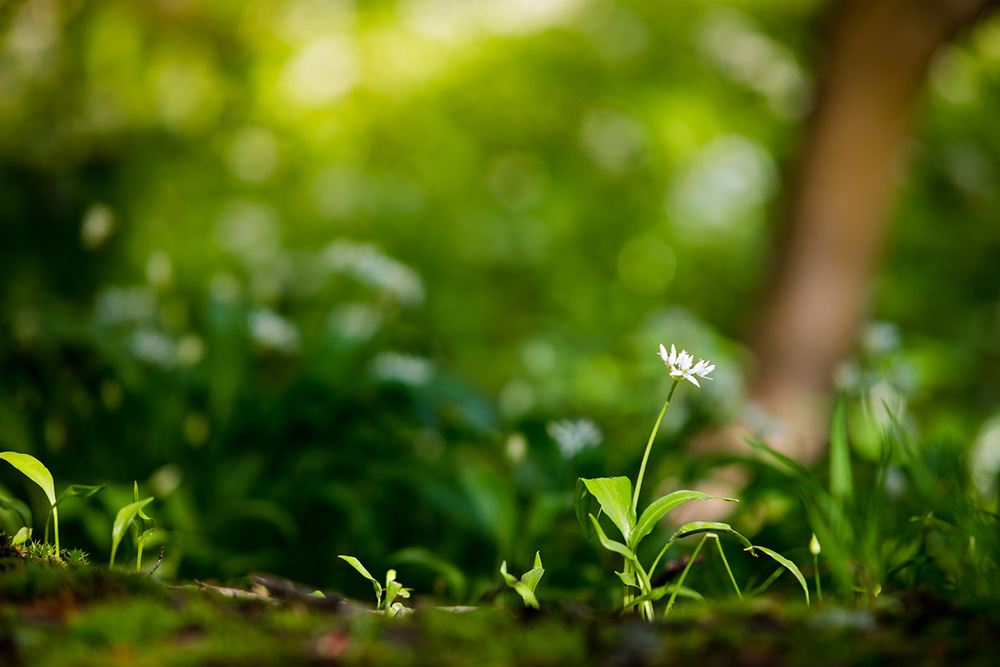How To Shoot Photo Blurr Out Background
How to Blur the background with a dslr
How practice professional photographers blur the groundwork in their photos while keeping the subject in focus?
Blurred backgrounds work great for shut up photography, portraits, nature, and yet life and can enhance any photograph that needs attending drawn to the subject rather than the entire scene. By restricting the focus in your photo to a limited area (shallow depth of field), attention is drawn to the parts you chose to focus on, and the background becomes but a wash of colour and light, adding to the mood. Photographic mistiness is often referred to equally 'Bokeh' - a Japanese give-and-take describing the quality of the out of focus parts of an image.
Here's four photography tips to aid you achieve peachy Bokeh. All you will need is a DSLR, compact camera, or iPhone.
Which lens is all-time for a blurred background? (2018)
Well-nigh lenses can produce a precipitous field of study with a blurred background. For the strongest blur effect choose a lens with a long focal length, a wider aperture, and a shut minimum focus distance.
For example:
-
For portraits, the Canon EF 70-200mm f/2.viii IS Ii USM or Nikon AF-Due south 70-200mm f/2.8G ED VR II is considered among the best to ain. Prime number lenses with fixed focal lengths such as 105mm with a wide aperture are increasingly popular likewise.
More than affordable alternatives are as well available from Tamron and Sigma. -
For wildlife, at the extreme end of the focal lengths the Sigma 150-600mm F5-6.three DG OS HSM C offers beautiful Bokeh at a 'more than affordable' cost point.
Come across a dog photo shoot with the Sigma 150-600 C. -
A skilful all rounder is the Nikon 50mm f/1.4G or Catechism EF 50mm f/one.4 USM which offers the easiest road into astonishing blurred backgrounds as seen in the starting time image below.
How do you blur the background in your photo in the camera?
one. Open up the aperture wider for a more shallow depth of field.

Using a wide discontinuity (f/1.iv) the background was blurred, leaving the shoe precipitous. Photographed with a Nikon 50mm f/1.4G.
Your camera'south lens has an opening for light to enter, this is called an discontinuity. About cameras have a variable discontinuity and allow you to adjust its size past adjusting the f number in your photographic camera settings.
At the lowest available f number, for case f/one.four, your lens' aperture will be broad open up, at it's maximum, offering you the shallowest depth of field. Equally the f number is increased, the discontinuity shrinks, increasing the depth of field. Depth of field is the range of altitude that appears to exist in sharp focus.
More expensive lenses with larger drinking glass in the front can have apertures as low equally f/one.ii, while kit lenses tin can be limited to a maximum aperture of f/3.5, or even f/five.6.
Nigh smartphones have a fixed discontinuity that is already suitable for bang-up bokeh. For example, Apple tree's iPhones have apertures ranging from f/i.viii to f/2.8.
2. Use a longer focal length to blur the groundwork more than.

The Brenizer method of photographing subjects uses a longer than normal focal length (or lens) to reach blurred backgrounds.
Using a longer focal length (zooming in) increases the apparent blur in the background.
Past zooming in, the actual depth of field doesn't change, just the angle of view is much smaller, meaning you'll only capture a smaller area of background. With a smaller angle of view, the rays of light entering the camera are more parallel, and the background appears larger, and less focused.
The Brenizer method takes reward of this past stitching multiple shots together at longer focal lengths, usually with a wider aperture to accept the effect to the extreme, so that we can enjoy both the soft background, and the wider field of view. Read more than about the Brenizer method.
Information technology'southward worth noting that smartphones don't physically zoom, however many smartphones now include a dual camera setup which allows you lot to switch to a longer focal length, e.g. iPhone vii plus.
3. Get closer to the subject for a macro effect.

Macro photography uses special lenses to achieve focus much closer than normal lenses will let taking closeups to an extreme. Alternatively, if you tin can, movement the subject further away from the background for a similar effect.
Past getting closer to the point of focus you'll increase the effect of background blur. By decreasing the distance to your subject area relative to the background the effect is enhanced fifty-fifty more than.
Macro photography introduces high ratios of groundwork to subject distance by getting extremely shut to the bailiwick. Combined with longer focal lengths, and wide apertures, incredibly thin areas of focus can be created. Getting closer to the subject works for any kind of lens or subject.
Bring your bailiwick closer to the camera, or farther from the background to get that mistiness.
iv. Combine these tips for maximum blur.

Past using a broad discontinuity, getting closer and using a longer lens beautiful background mistiness tin be accomplished.
Choosing a wider aperture, and a longer lens, then getting actually close to the details, you'll get maximum blur and actually restrict focus to the expanse you lot desire the attention to be on.
By combining these 3 factors blurry backgrounds and incredible bokeh can be created for any subject. By agreement how to create blur, you tin too endeavor the opposite to have brilliant range of focus.
How To Shoot Photo Blurr Out Background,
Source: https://www.diffusephoto.com/blog/photography-tips-how-to-blurred-background
Posted by: mitchellmovence.blogspot.com


0 Response to "How To Shoot Photo Blurr Out Background"
Post a Comment